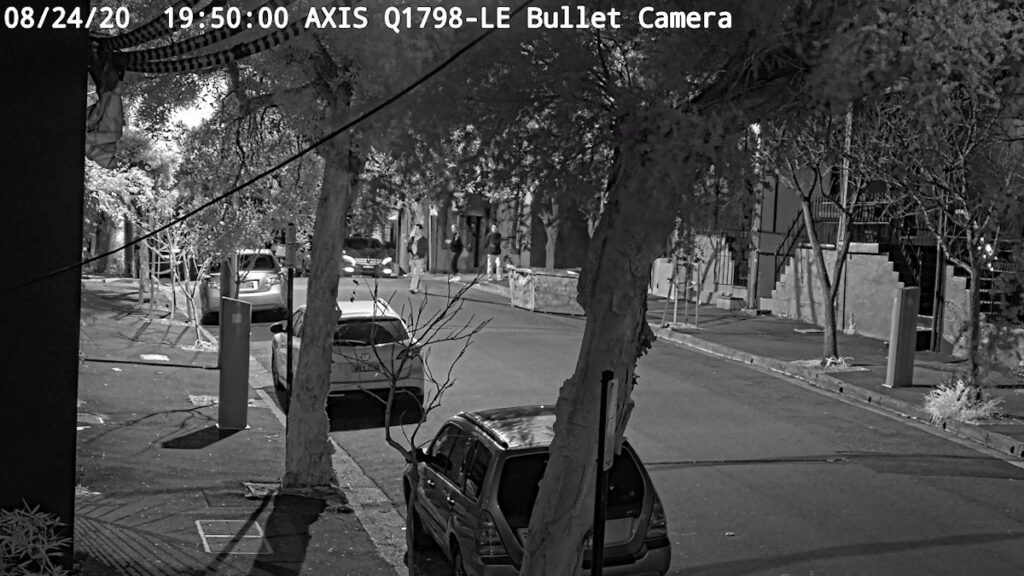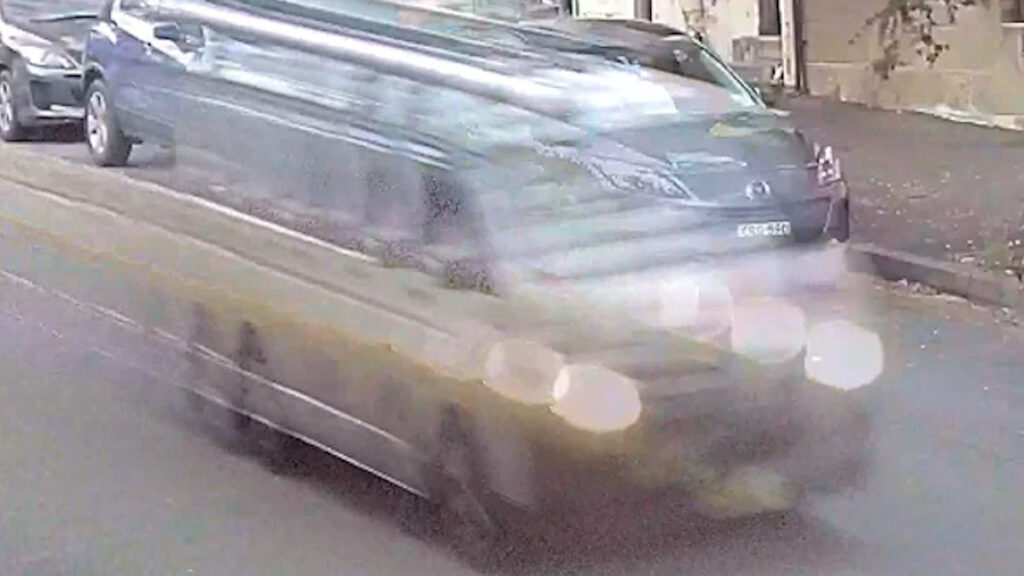Will 99 Dollar Cameras Kill CCTV Market?
Will 99 Dollar Cameras Kill CCTV – Will 99-dollar CCTV cameras kill the video surveillance market?
This is a pertinent question, given the ongoing slide in prices and margins, which reminds us of the way PIR sensor prices dropped in the late 1990s and early noughties.
There are plenty of low-cost cameras on the market with a decent spread of features. These include weatherproofing, a splash of IR support, rudimentary IVA, and modest sensors offering acceptable performance in good light with a mildly wide angle of view from a plastic lens guaranteed to exhibit profound sample variation.
If a camera is very affordable there is certain to be a short-cut somewhere in its design, manufacturing or specification. This is fine if all you want to do is keep an eye on something at close range in good light with the camera installed under cover. But if you do more than domestic installs, the bargain bin option won’t do.
Will 99 Dollar Cameras Kill CCTV
It’s been a while since SEN has done a comparative camera test – the last ones were at SecTech in 2019 – user and installer expectations have changed for the worse since then. A cheap last-gen sensor with IR or white light support can offer some sort of night performance, while $99 to the trade cameras allow installation companies to retain margin in a competitive market.
But low price delivers a serious hit to performance. Does this ultimately serve the end user? We’d argue not. Any technology that has reached the point of ubiquity has reached the end of worthwhile hardware investment. From here, physical changes will aim to reduce manufacturing costs, generally with a loss of material quality.
Instead of investing in sensor development, it’s cheaper to add LEDs. Instead of fitting a large sensor, it’s cheaper to upscale lower resolution to ‘4K’ by introducing digital artefacts that reduce detail. Instead of offering more physical options, it’s cheaper and easier to invest in development of software that can be applied across every new and old product, and that offers customers a sniff of the latest technology – analytics, or cloud.
Will 99 Dollar Cameras Kill CCTV Market?
But the undoubted joy of clever cameras accessible on smart phones fades when your basic wide overview delivers no digital zoom and poor low light performance at those times events most commonly occur. We’ve seen some low-cost cameras render offenders running from the scene as a line of disturbed pixels in the darkness, like a swirl in a twilit river.
Operational priorities in security applications continue to be identification of moving people and vehicles in poor light. Installing a CCTV system that can’t meet these operational parameters builds risk into your customer’s system and into your own business model.
It’s better to take advantage of lower prices at the bottom end of a distributor’s product list to argue for a better price on the equipment that’s suited to your customer’s application. If you’re serious about security that won’t be a video stream that suffers from motion blur, tone mapping, WDR smudge, chromatic aberration, amplification swim and pixel spread that makes digital zoom worthless.
The physical side of low-cost cameras is also worth paying attention to. There’s a bare minimum of robustness to anything installed externally in the presence of sunlight and intense thermal expansion. If a camera’s lens turns cloudy, or it melts off the wall like a Salvador Dali, it’s not the manufacturer your customer is going to blame, it’s you.
Will $99 cameras kill the CCTV market? Only if the end user focus is on price instead of protection. Communicating that message is up to you.
You can read about the qualities of the world’s worst CCTV cameras here or find more SEN news here.
“Will 99 Dollar Cameras Kill CCTV Market?”











Sorry, but this article sort of misses the point – yes, clearly you can spend more and get a better result, but the Axis camera you use in your comparison is literally 20 times more expensive ($99 vs ~$2000). If you took an equivalent 20x step from the $2000 Axis to a $40K RED, the performance of the Axis would be laughable too. Really what you need to look at here is whether $99 gets you a camera that is good enough to do the required job. If yes, which for better or worse they are for many general use cases, great, if not, choose something else. If you have the budget, by all means spend it on the best you can afford (given the chance everyone would take Porsche over Cherry) however most customers don’t, or they would rather add more cheaper cameras than fewer expensive ones.
The quality achieved by the 2024 $99 camera would have likely required a $2000 camera in 2014, so I think it’s difficult to make the argument that just because something is cheap it’s also unworthy of use.
I’d love to be selling $2000 cameras on every installation, but unfortunately the volume of customers willing to spend that kind money just isn’t there, especially when iPhone-level video quality is all most laypeople expect.
Thanks for your thoughtful comments, Jeff.
I’m not suggesting people always buy a top level Axis camera rather than a $99 camera – that image is just the clearest indication of the connection between cost and performance I had to hand. It is the best low light camera we’ve tested in the last few years and it is expensive. Agree with you – operational imperatives should always apply. And if the end user prefers additional lower spec cameras to better cameras, that’s their decision.
Do think there’s a notable difference in performance between the basic stuff and more expensive yet still affordable cameras with motorised lenses and better sensors, etc, from the same manufacturers of affordable gear. The global tendency to cheap fixed turrets and domes not only reduces performance but impacts on flexibility after installation, in my opinion. This may be satisfactory in some installations.
Another point I was trying to make with those images is that even good quality cameras can fail to meet operational performance parameters in challenging conditions. There’s no doubt there’s price sensitivity in the end user market.